We may earn money or products from the companies mentioned in this post. This means if you click on the link and purchase the item, I will receive a small commission at no extra cost to you ... you're just helping re-supply our family's travel fund.
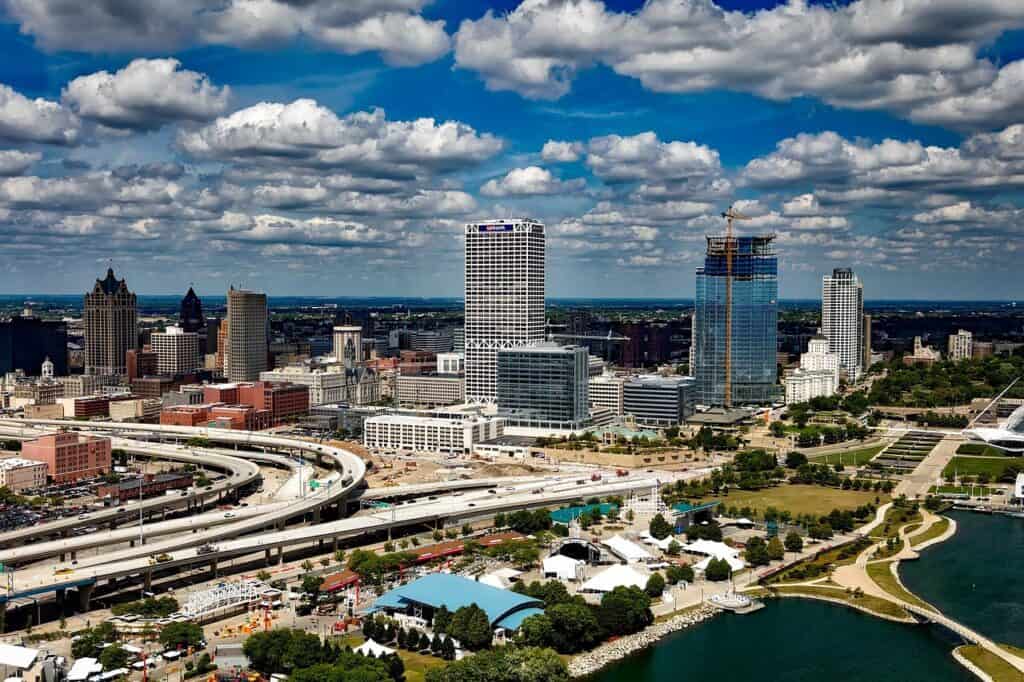
Travelers often chase the same skylines and miss the quieter standouts. Away from marquee stops, smaller cities deliver strong museums, regional kitchens, and neighborhoods that still feel local by nightfall. Breweries share blocks with bookshops, river trails thread past old mills, and seasonal markets anchor weekend plans. What this really promises is pace: time to talk to bakers, time to linger in galleries, time to let a place introduce itself. The surprises land softly, then stick.
Milwaukee, Wisconsin
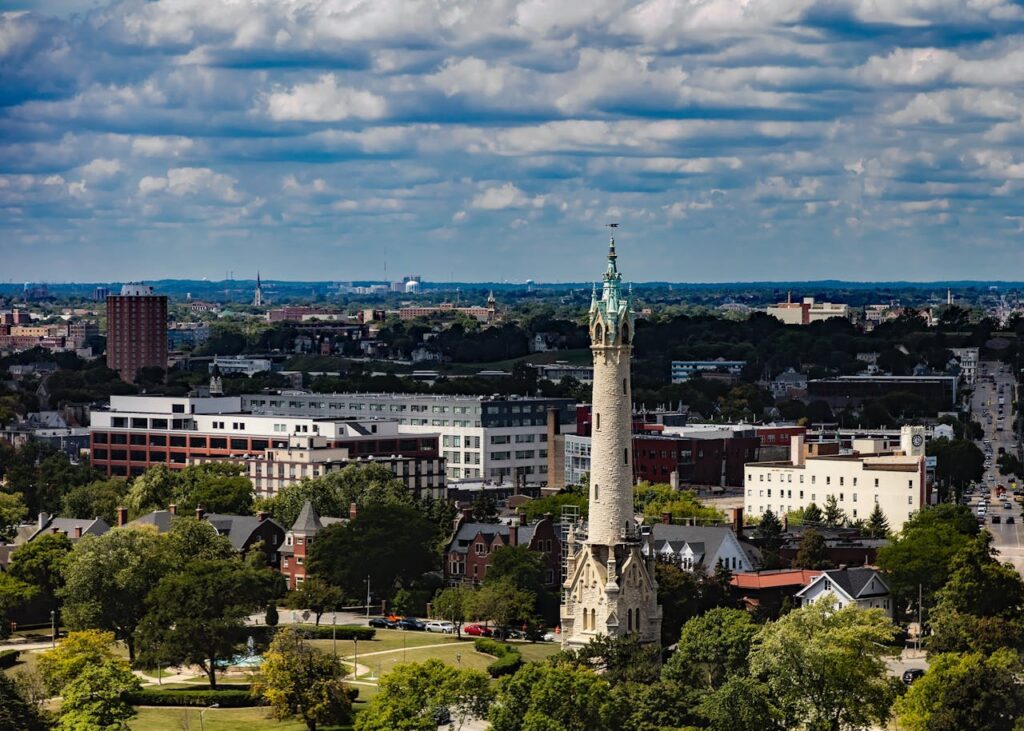
Lake Michigan sets the tone while cream-brick warehouses carry it forward. The Historic Third Ward mixes galleries with roasters, and the RiverWalk turns errands into scenic loops. Industrial history isn’t a costume; it’s working fabric that now includes craft beer, fresh cheese curds, and a tidy network of bike paths. The Milwaukee Art Museum’s wings draw the headlines, but it’s the casual confidence—supper clubs, polka nights, small theaters—that makes the city feel lived-in and welcoming.
Pittsburgh, Pennsylvania
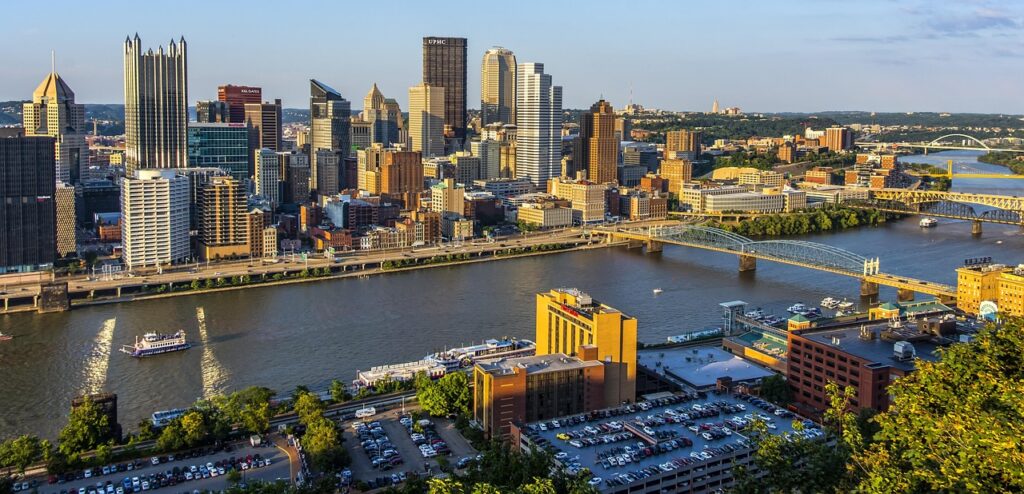
Pittsburgh climbs and doubles back, all bridges and viewpoints. Funiculars tilt toward neighborhoods where corner bars, bakeries, and new kitchens share blocks with murals and maker spaces. Steel left a complicated legacy; the city answers with universities, robotics labs, and a serious arts calendar. Rivers define the map, and parks give room to breathe between climbs. First timers expect grit, then find glass museums, riverfront cycling, and a skyline that glows gold at dusk.
Providence, Rhode Island
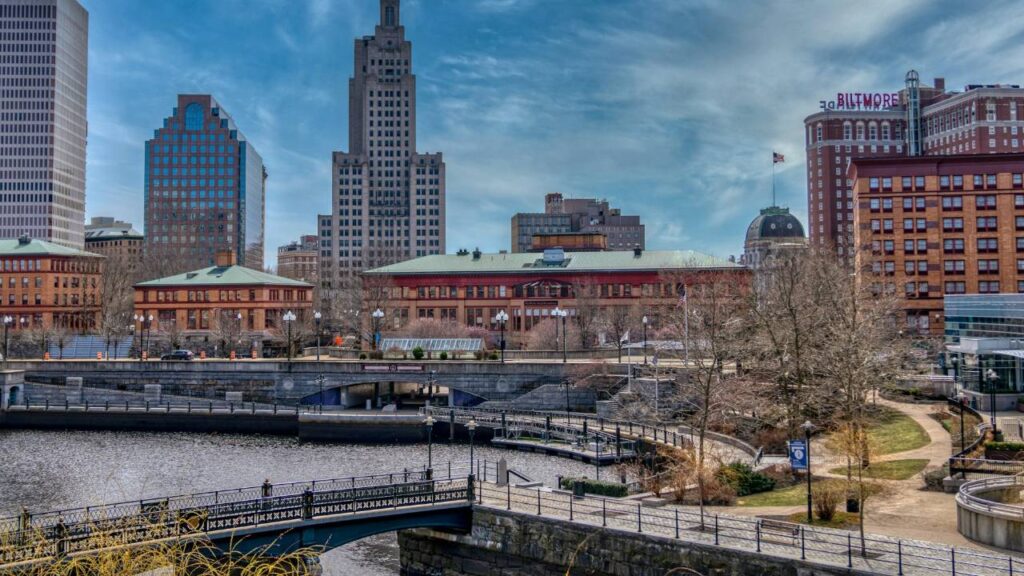
Small on paper, Providence runs big on design and food. Historic districts show off brick and clapboard, while studios and schools keep storefronts buzzing. Federal Hill plates Sunday sauce, and markets rotate from oysters to late-summer peaches without drama. WaterFire transforms nights into a quiet pageant, and side streets promise espresso, art books, and thrift finds. The city rewards unhurried walks, where college green to working port feels like one long, coherent conversation.
Richmond, Virginia
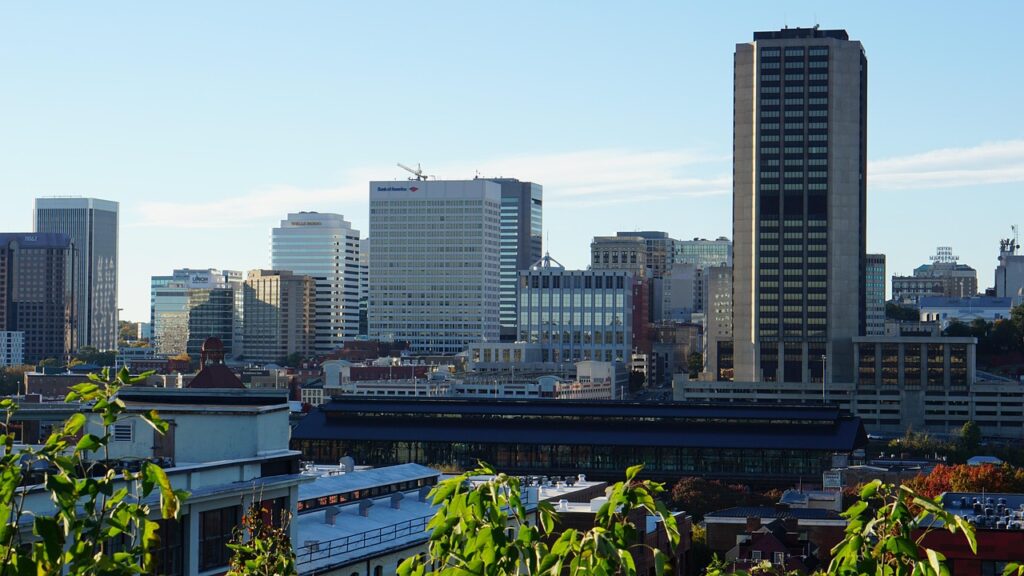
Richmond reads its past in public, then makes room for what’s next. The river is the spine—rapids, rocks, and a park system that turns downtown into trailhead. Breweries, murals, and Black history sites create a circuit that feels current without gloss. Restaurants cook from farms just beyond city limits, and galleries mix new voices with old warehouses. The cadence is local and thoughtful: policy debates, zines, paddlers, archivists, and a stubborn creative streak.
Kansas City, Missouri
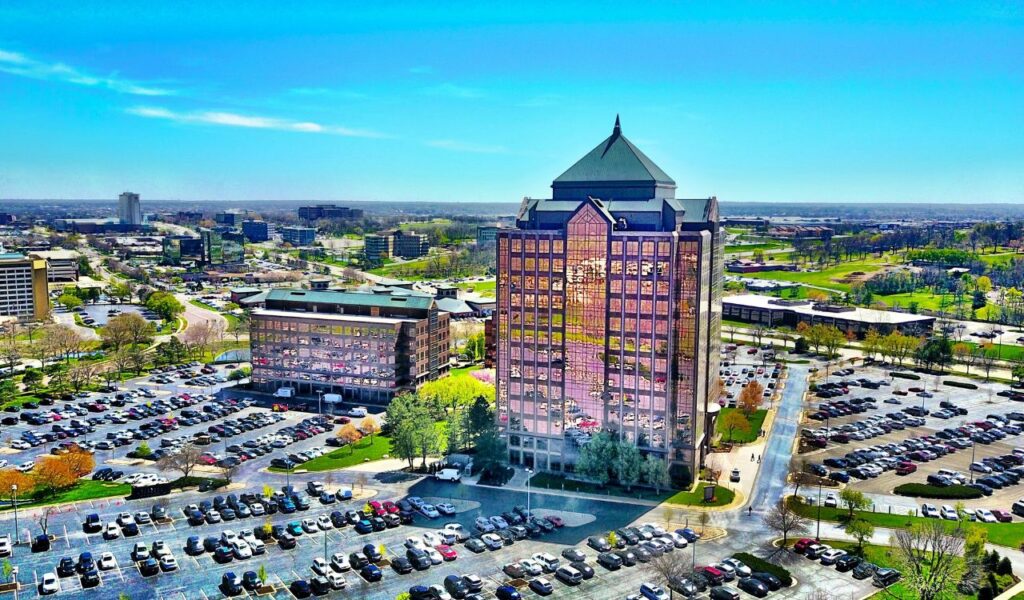
Barbecue headlines sell the place short. Jazz clubs, art deco towers, and a heavyweight art museum fill the middle of the story, while streetcar loops and fountains shape easy days. Neighborhoods trade murals for bakeries and vintage shops, and markets pull weekend crowds with produce from both sides of the state line. The rhythm is generous and unhurried, built on rehearsal rooms, brisket pits, and a civic habit of supporting what lasts.
Boise, Idaho
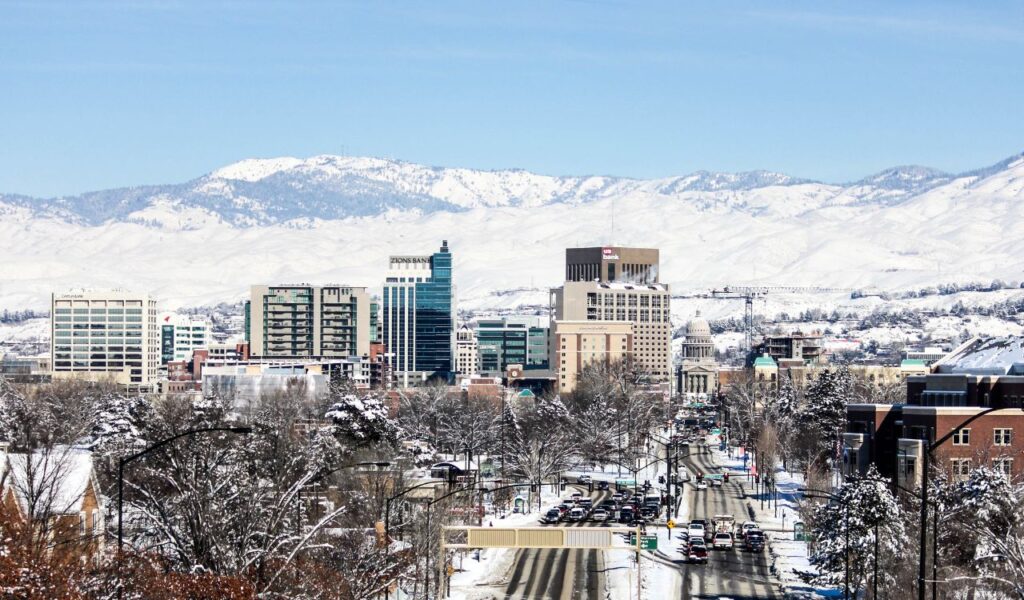
Boise hides at the base of foothills where trails leave from downtown like spokes. The river greenbelt doubles as commuter route and picnic lane, and patios fill with local beer once the sun drops behind sagebrush. Basque blocks serve pintxos and cider, proof that old migrations still season dinner. The outdoors is not a boast; it’s weekday normal. Art walks, indie film, and small venues round out evenings without pushing anyone to rush.
Tucson, Arizona
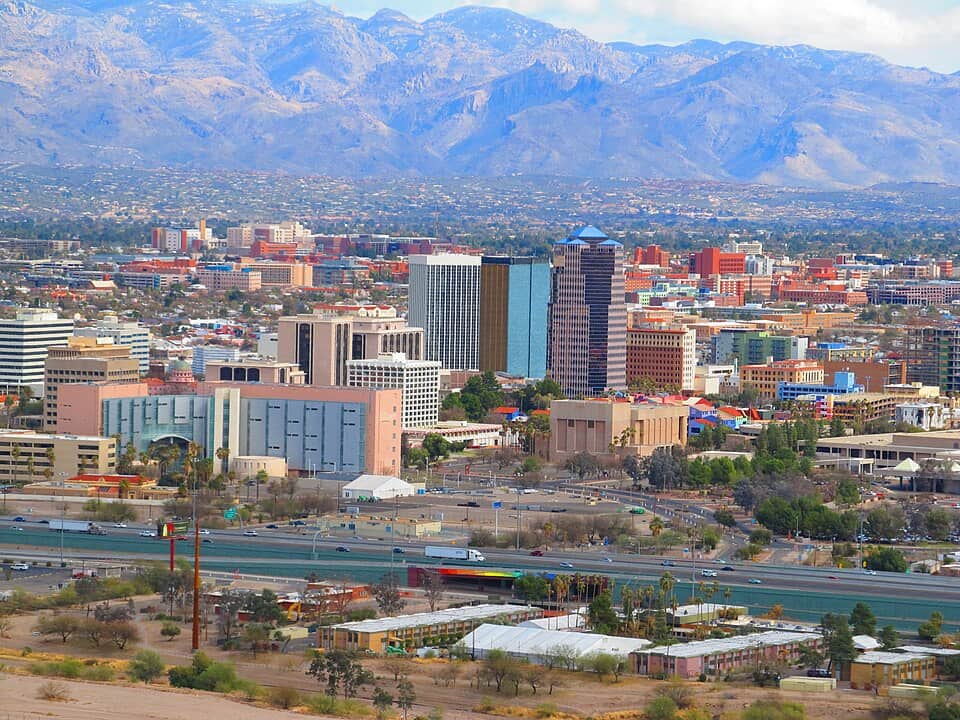
Desert light edits everything down to essentials. Tucson answers with adobe courtyards, Sonoran hot dogs, and a UNESCO City of Gastronomy designation that reads on the plate. Mountain ranges rim the city, making sunrise hikes and dusk drives feel close at hand. Historic barrios keep color on the walls and stories in tilework. The mood is proud and practical, stitched by taquerías, bike lanes, and a sky that turns every twilight into a small performance.
Chattanooga, Tennessee
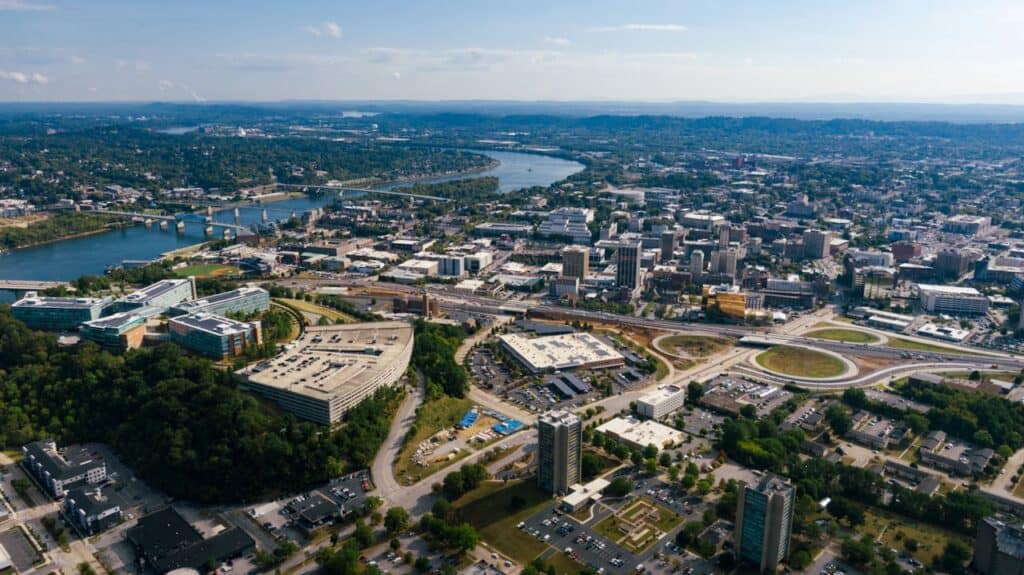
A river town that leaned into trails and glass, Chattanooga pairs freight history with fresh recreation. The Bluff View arts district, aquarium, and pedestrian bridges make an easy triangle, while the Incline Railway climbs to Civil War overlooks. Breweries and burger counters stay neighborly, and murals turn alleys into galleries. The result is compact but layered: rails, river, hills, and a civic bet on public space that keeps paying out.
Cleveland, Ohio
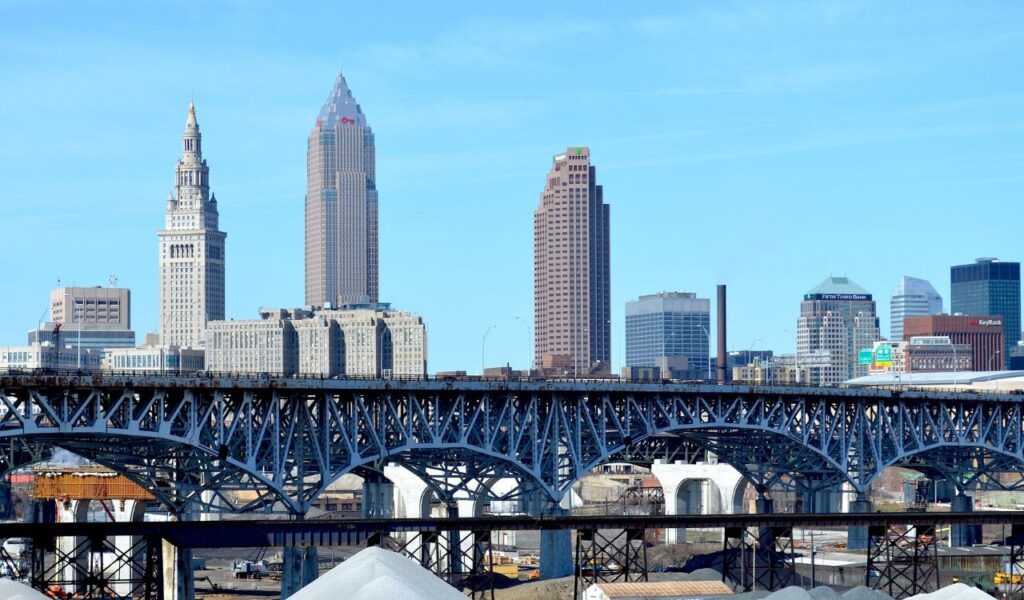
Cleveland works harder than its reputation. The lakefront frames parks and a serious orchestra hall, while the art museum anchors free afternoons. West Side Market keeps butcher blocks busy, and neighborhoods around it turn out pierogi, pho, and polenta without fuss. Industrial bones remain, but they hold coffee roasters, studios, and live rooms with good sound. The city knows its craft—baseball nights, library cards, sturdy diners—and it shows.
Sacramento, California
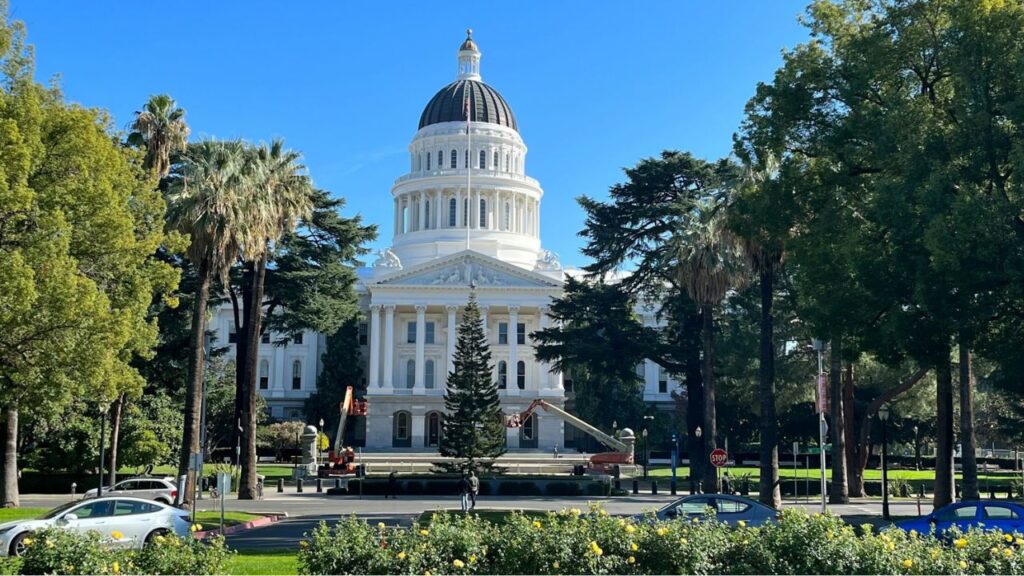
California’s capital moves at produce speed. Farm-to-fork reads like logistics, not slogan, with markets feeding kitchens that post growers by name. Rivers bracket bike rides, midtown bungalows shade patios, and galleries sneak into former garages. Policy buildings bring suits by day; nearby blocks answer with beer gardens, tacos, and seasonal pasta by night. The surprise is balance: government rhythm outside, domestic ease inside, and orchards close enough to name the peaches.